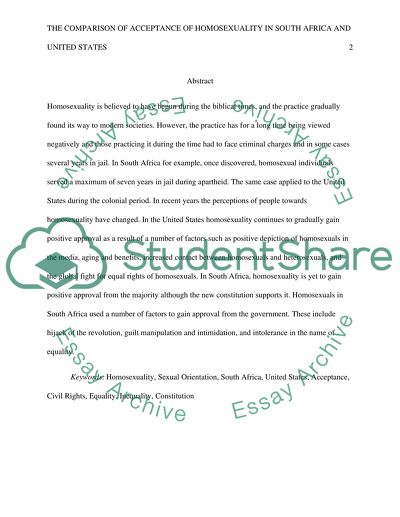Cite this document
(“The Comparison of Acceptance of Homosexuality in South Africa and the Essay”, n.d.)
The Comparison of Acceptance of Homosexuality in South Africa and the Essay. Retrieved from https://studentshare.org/social-science/1465041-the-comparison-of-acceptance-of-homosexuality-in
The Comparison of Acceptance of Homosexuality in South Africa and the Essay. Retrieved from https://studentshare.org/social-science/1465041-the-comparison-of-acceptance-of-homosexuality-in
(The Comparison of Acceptance of Homosexuality in South Africa and the Essay)
The Comparison of Acceptance of Homosexuality in South Africa and the Essay. https://studentshare.org/social-science/1465041-the-comparison-of-acceptance-of-homosexuality-in.
The Comparison of Acceptance of Homosexuality in South Africa and the Essay. https://studentshare.org/social-science/1465041-the-comparison-of-acceptance-of-homosexuality-in.
“The Comparison of Acceptance of Homosexuality in South Africa and the Essay”, n.d. https://studentshare.org/social-science/1465041-the-comparison-of-acceptance-of-homosexuality-in.


